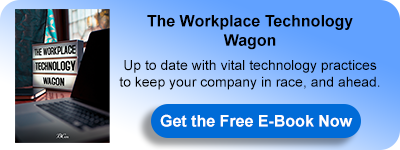The Case for Some Technoculture Organizational Practices
Marriott Hotels implemented a recruitment gamification tactic called "My Marriott Hotel." This concept aimed to forego traditional recruitment procedures to evaluate potential candidates' abilities in a virtual environment. They also determined whether the individuals were qualified for the hospitality posts ahead of time. In addition, the hospitality giant released a game called 'Xplor,' which gave users a virtual tour of five gateway cities and tasks to gain awards that could be redeemed for Marriott hotel stays. The incorporation of such features demonstrates the company's inventive thinking and attracts high-caliber prospects.
Another case is T-Mobile. T-Mobile used gamification across the board, from Bunchball to its employee collaboration tool, as part of an effort to improve service levels and share ideas. The game tool resulted in a 96 percent increase in participation, a 583 percent rise in employee contribution, and a 783 percent increase in responses. The workforce's positive contribution resulted in a 31% increase in customer satisfaction and a 40% increase in call deflection. The result was a significant reduction in support expenses, customer satisfaction improved, and call resolution rates improved month after month. The result was a highly engaged culture, where T-customer Mobile's support agents became more connected with the company and their line of work due to this program.
One more example is Home Depot which uses social media to ensure that prospects who apply through its job portal receive a response via status or notification. It engages with its talent community through its Facebook page, where the company responds to messages from applicants, customers, and workers about application status, policy changes, and other issues. Both candidates and customers are active participants who upload information and converse online about their thoughts on the organization1.
From the above cases, it is pretty prevalent that technology and digital advancement are now at the fingertips of management and HRians who are willing to make leaps in crucial organizational areas such as employee engagement and building high-impact cultures.
Building cultures is about building people and capacities. Technology did not fall short of providing workplaces with the necessary tools to develop, coach, and train employees.
1Priyanka Madhusudan, 30 Apr 2018, Accessed 20 August 2021, https://www.peoplematters.in/article/life-at-work/companies-that-use-technology-in-the-workplace-to-motivate-employees-18118
For more about this topic, download our latest book " The Workplace Technology Wagon " for FREE:
